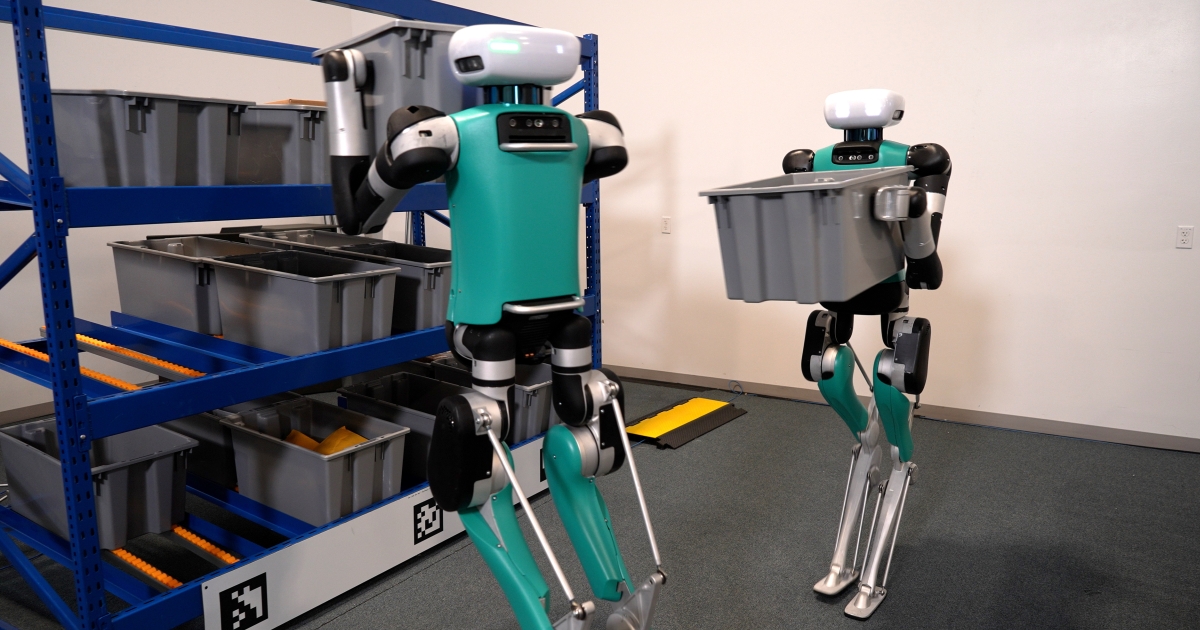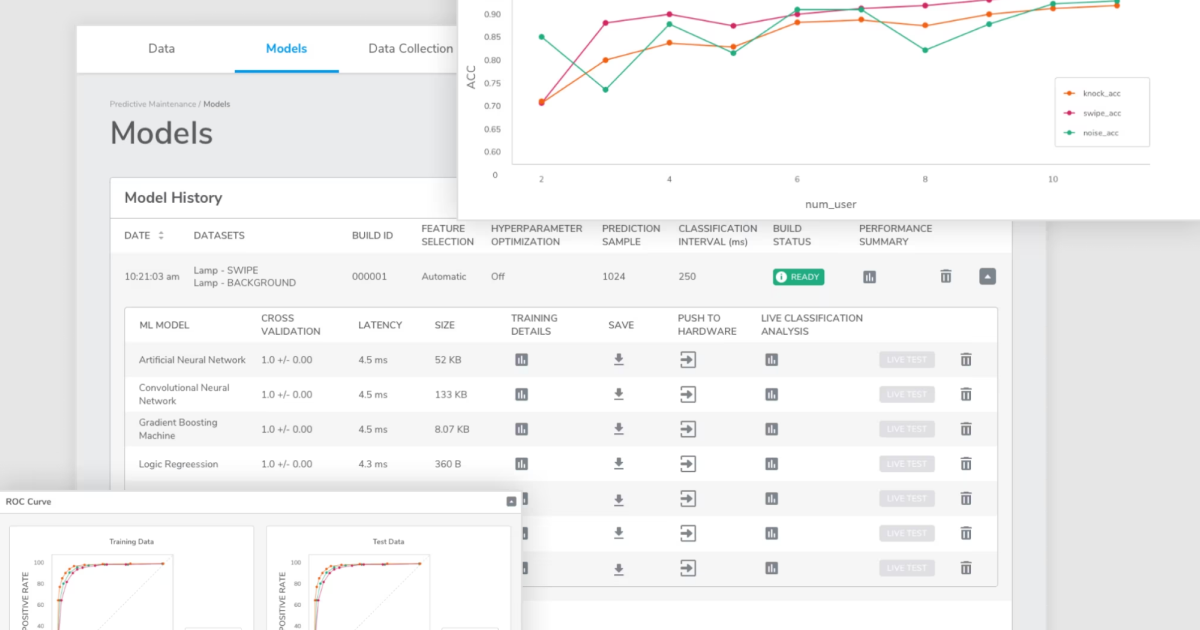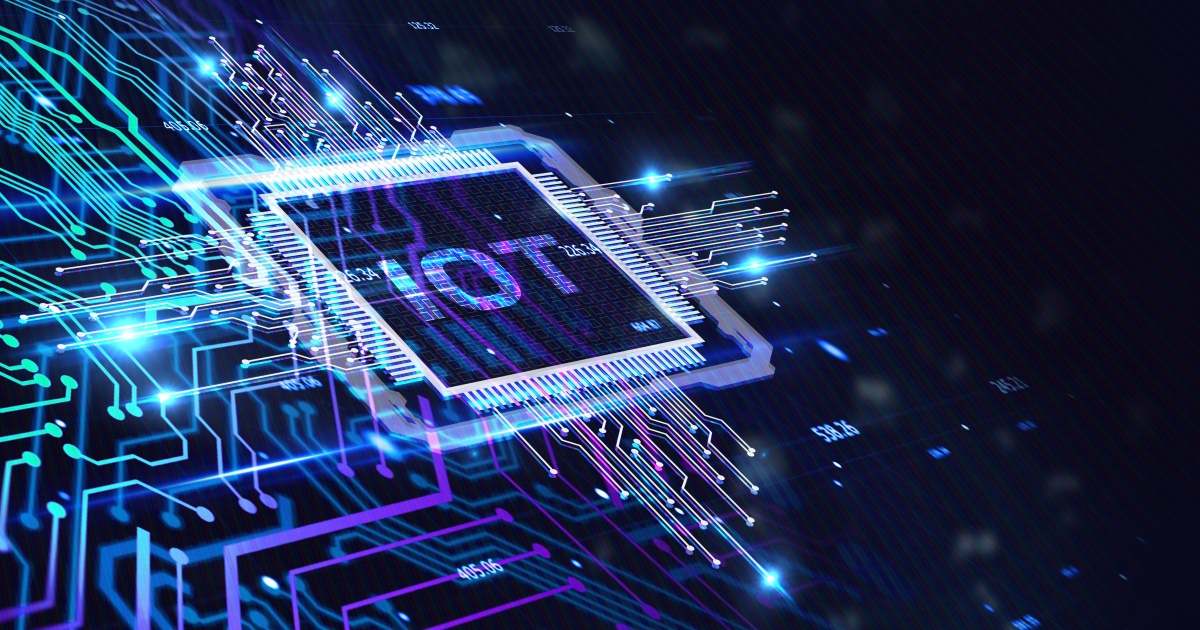
The Industrial Internet of Things (IIoT) is growing in size, sophistication, and sustainability, as billions of dollars of investment, are paying off for market leaders who for years have recognized the tremendous value of the data sensor-based systems generate, consume, and act upon.
This week, at the Frontier Conference, a virtual gathering this year that annually brings together the top innovators in industrial technologies, strong themes emerged regarding not only the benefits of connected physical and digital infrastructure, but the risks associated with cyberattacks on the rise that exploded in 2020, in part due to the acceleration of digital transformation programs out of necessity given work-from-home rules.
For many innovators, who consistently look for problems to solve, the last fourteen months were a source of inspiration that led to further development of edge and networking breakthroughs that many believe will ultimately speed up the journey to a grander and more global Industry 4.0 revolution.
As organizations learned how much they could do with remotely monitored and managed systems, whether field service applications or advanced control systems (which require low-latency and ultra-low-latency networking), the business cases for modernizing factories, transportation systems, and entire cities matured.
Even more exciting, as part of the economic recovery, where trillions of dollars are expected to flow from government agencies into physical and digital infrastructure improvements – creating jobs and supporting innovators – participants at the conference this week consistently remarked that they are seeing opportunities abounding across every industrial sector.
One of the speakers at the conference, Chris Swan, CRO at Dispersive, a company known as a disrupter in distributed edge, networking, and cloud, said, “while the need for speed is paramount, given our line of sight into many large-scale programs, we need innovation in security approaches that ensure success will not happen at the expense of security. Given the more sophisticated nature of adversaries and the billions they spend each year engineering new ways to attack and disrupt an industrial system, the developers of end-to-end IIoT solutions have made cyber aforethought in their planning and design.”
The emerging construct for cyber-physical systems is to bring new depth and dimension to Industry 4.0.
While initially conceived several decades ago as a concept inside specific industrial applications for the optimization of the operational efficiency in automation and control, as IIoT matured, the convergence of IT and OT integration broke down boundaries, rethinking the borders of automation and control functions in the process and manufacturing industry, expanding from traditional “smart factories” to entire “smart cities” and “smart regions.”
“We can now say with confidence we are in an exciting new era in real-time embedded systems, as many mission-critical processes already depend today on real-time cyber-physical systems and embedded sensors,” Swan explained. “IoT integration is now becoming one with AI, cognitive computing, real-time edge computing for control systems, and increasingly automated data exchanges with a cloud or multiple clouds shipping data into analytics engines and more. With the rise of digital twins, for example, we are finding significant design, optimization, integration, and cybersecurity challenges. We can innovate fast, and we can create ultra-fast automated solutions, but we cannot miss what is required to protect data at rest and in motion.”
Important industrial IoT security and infrastructure protection challenges were themes woven through nearly every panel and keynote at the conference this week.
“It is exciting to see this group of thought leaders aligned with a security-by-design approach that includes real-time features for device security all the way through to secure actuators, gateways, networks, and clouds,” Swan said. “The amount of data being generated at the device level is nearly impossible to comprehend, and the more important the outcomes are, the more valuable the data being shared constantly, which is why adversaries are now turning their ambitions to industrial systems.”
Swan and other speakers also spoke at length about the root of trust, which starts at the physical layer in hardware, through smaller but more powerful chips, and moves “up the stack” to the firmware, middleware, application interfaces, data transport, and more.
“Systems integrators and service providers are now responsible for full-stack operations and are challenged with the need for a low memory footprint, the adoption of industry standards and opensource software, best practice in the choice of protocols, and regulatory compliance demands,” Swan said. “We need to be able to monitor in real-time, detect anomalies, adopt more modern logging and recording solutions, and hold ourselves accountable for protecting the entire data supply chain. We can think big, but when we do, we also need to be aware of bigger risks and complications that demand better solutions to protect fixed and moving assets.”
Conference participants presented use cases illustrating that the real-time performance of evolving IIoT networks and systems is one of the most urgent IIoT challenges in 2021 precisely because there are so many big projects on the horizon, bringing together public and private partnerships.
“Timeliness and security are two driving forces behind the increasing shift of processing towards the edge, often coupled with AI capabilities in embedded devices,” Swan explained. “We must provide end-to-end security given increasingly heterogeneous sensor networks and systems, even as we see so much innovation in data analytics services over virtualized edge and infrastructures including the fast approach moment of pervasive quantum computing.”
The pressure is on for ensuring operational technology is up to the task of real-time monitoring and control, across more traditional manufacturing industries, as well as emerging IIoT verticals, including autonomous vehicles, V2V interactive systems, and the ecosystem that is causing smart cities, for example, to look a lot like smart factories.
Speaking of traffic management, Swan said the breakthroughs when it comes to ultra-secure, and ultra-fast networking will be in how packets are managed. “Dispersive divides all traffic into separate, independent packet streams that are each sent simultaneously across different micro-segmented, individually encrypted paths across the Internet from authenticated sources to destinations. If congestion or an attack anomaly is encountered, the encrypted data packet rolls to a new unimpeded path to optimize connectivity. Our customers, including government agencies, demand guaranteed packet delivery with improved service experience and more cost-efficient improved network security which can replace expensive and difficult to manage MPLS networks with Internet and broadband connections that extend to any IP connected device.”
This approach distributes traffic across dynamically changing pathways to avoid DoS, DDoS, and Man-in-the-middle attacks, with programmable deflects that reflect the level of security and agility each client needs.
“The very fact that the Frontier Conference has attracted so many experts, developers, and investors across so many facets of industrial innovation and automation is proof positive that lifting our nation’s converged physical and digital infrastructure is best done as a community, an evolving and very exciting ecosystem,” Swan said. “We now have the potential – the resources – and the will to make life better, the planet cleaner, and our people safer, here in the U.S. and around the world. This will give us the collective strength to emerge from a very tough year into a new light which to me looks like enlightenment.”
Arti Loftus is an experienced Information Technology specialist with a demonstrated history of working in the research, writing, and editing industry with many published articles under her belt.Edited by
Maurice Nagle





